
So Much to Explore at Fort Stevens State Park
At the tippy top of Western Oregon lies Fort Stevens.
This post may contain affiliate links. When you make a purchase using one of these affiliate links, we get paid a small commission at no extra cost to you.
It once was a military fort meant to guard Oregon’s coast at the mouth of the Columbia River. It is now a State Park with camping, lots of bike trails, and is listed on the National Register of Historic Places. Because there is so much to explore, it is one of our favorite places to visit.
Park Info
Location: Northwest Oregon, 15 minutes from Astoria
Elevation: Sea Level
Things to See: Wreck of the Peter Iredale, Historic area with many batteries, Native American longhouse
Things to Do: Build a sandcastle on the beach, explore Battery Russell, hike around Coffenbury Lake
Camping: Yes
Food: None in the park
Dogs: Yes, on a leash
Entrance Fee: $5/car (as of 2021)
Park Maps: Link to park maps
Batteries
When people think about Fort Stevens one of the first things that come to mind are the batteries. There are quite a few you can explore on a self guided tour in the Historic Area.
Fort Stevens was part of the Harbor Defense of the Columbia, which also included Fort Canby and Fort Columbia. It was built during the Civil War and saw active service from 1863-1947. On June 21, 1942, a Japanese submarine surfaced off the coast and fired upon the fort. No one was injured from the event, and an order was never given to return fire.
Battery Pratt
Battery Pratt was in service from 1900-1943. If you wander up the stairs, you can see a replica of the the 6 inch gun that armed this concrete battery.
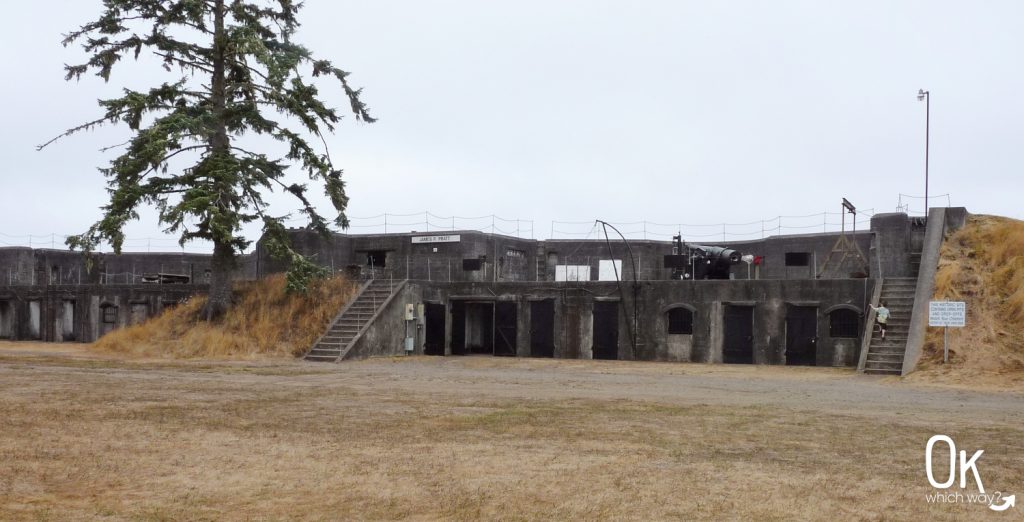
Battery Russell
Although not located in the Historic Area, I would argue that Battery Russell is the most visited battery in the park. It is the one closest to the campground.
Battery Russell was in service from 1904-1944. It is intriguing for both kids and adults to explore the various rooms. The upper level has a pit that held 10 inch disappearing guns.
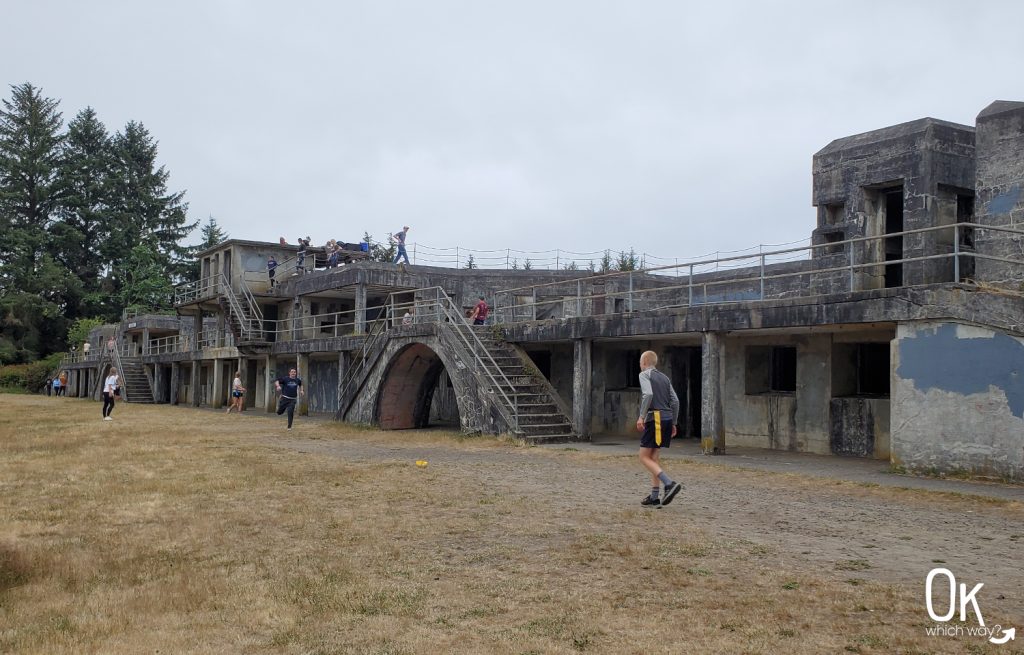
Pacific Ocean & the Peter Iredale
Living in Oregon, we often have gray skies at our beaches. But, that doesn’t stop us from having a good time. It is still a great place to build sand castles & watch seagulls.
The unique thing at this particular beach is the Peter Iredale wreck. The Peter Iredale went aground in October of 1906 & has been sitting here ever since.
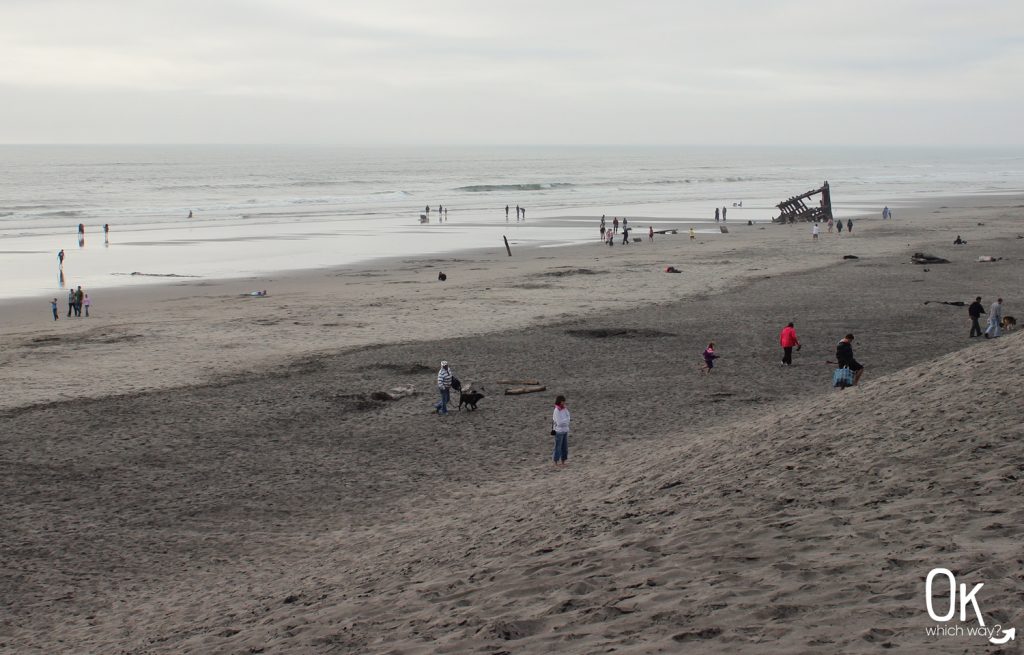
She’s been sitting on the beach more than one hundred years and kids continue to love climbing on her rusted out steel skeleton during low tide.

The Peter Iredale, shortly after she went aground.
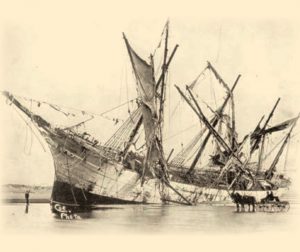
This photo is from 2002. As the years go by she gets more and more eroded from the salt water blasting her continuously.
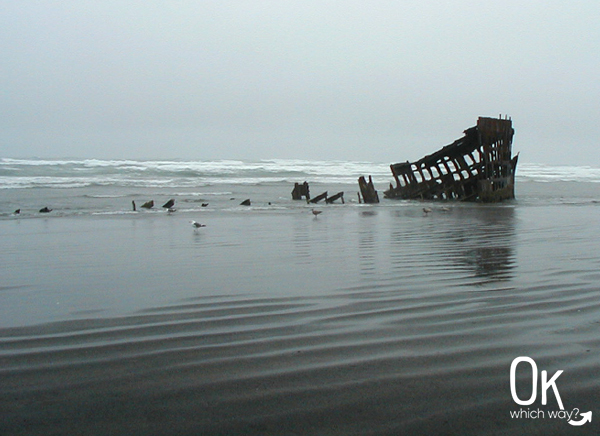
There are always plenty of seagulls to be seen. You might even spy pelicans flying near the surf. We have even seen a sea lion in the water at this beach.

Clamming is amazing along the beaches from The Columbia River down to Tillamook Head.
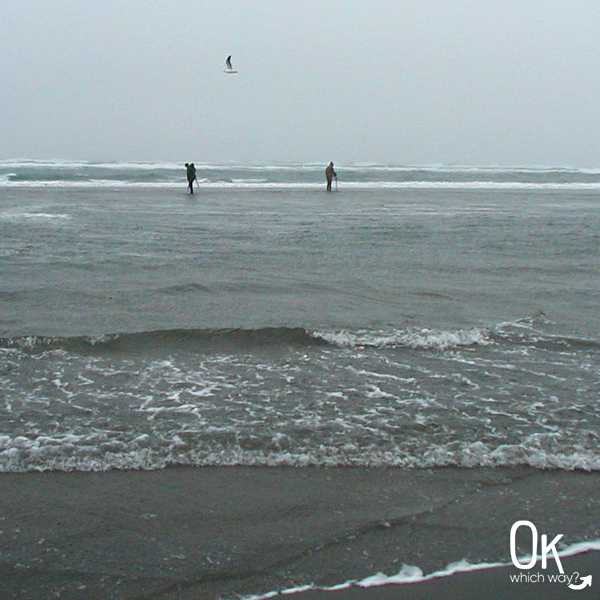
Campground & Bike Trails
The campground is in a lovely forested area. There are tent sites, full hook up sites, yurts & cabins available. It is a State Park so making reservations early is a must during peak season.
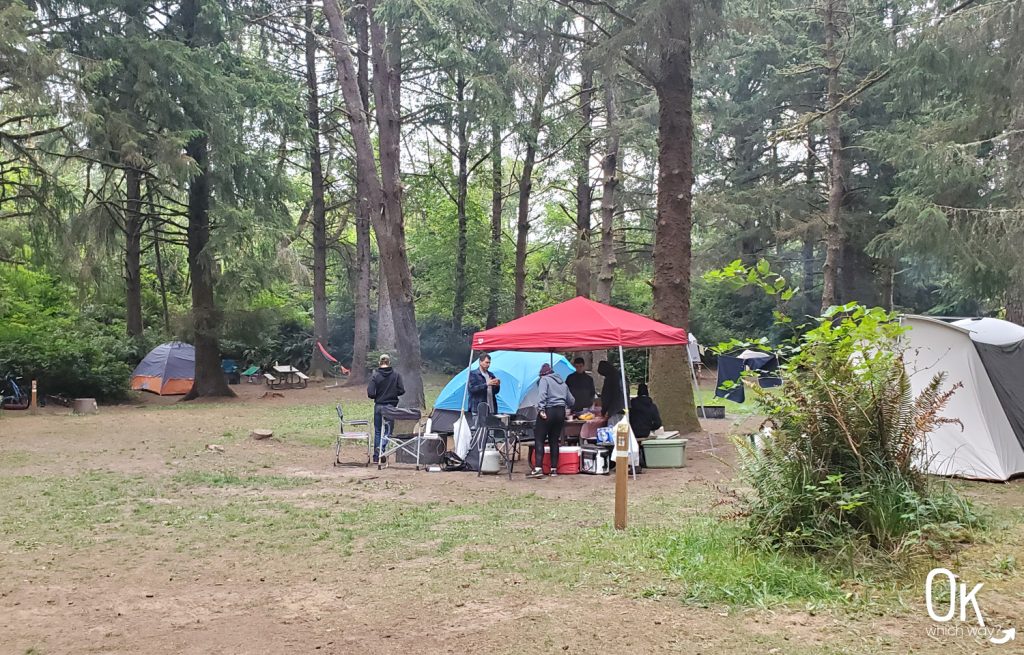
This is a popular campground with many groups that visit. So, it’s possible you might see them as they create their own parade. We have seen an illuminated bicycle group make their way through the campground at dark. We have also seen a parade of old army vehicles, which I believe were from the Friends of Old Fort Stevens.

In the summer, ranger programs are held at the amphitheater. When my kids were little we went to one that involved creating art using colors found in natural items.

Wildlife can be seen in the campground.
There are signs reminding you that the elk can be dangerous and to keep your distance. The signs are legit. While we were on a path near the campground, an elk came at our dog. Thankfully, the elk got distracted when a bike rider went by and ended up wandering into the bushes.

One of the best parts about camping at Fort Stevens are the bike trails. You can bike to the beach, the batteries, or a lake. It really just depends on how far you want to ride.
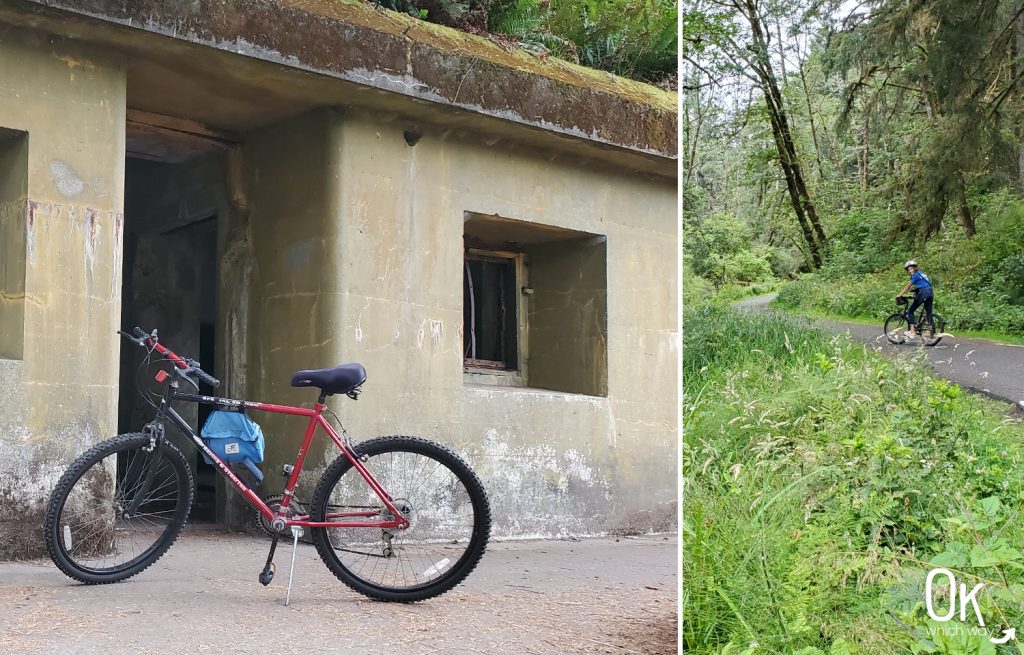
Coffenbury Lake
Coffenbury Lake is a freshwater lake right inside the park. It is close enough to the campground that you can ride your bike.
It is a great, little lake perfect for all kinds of activities – swimming, fishing, paddleboarding, kayaking, canoeing. There is even a 2 mile dirt trail that goes around the entire lake.
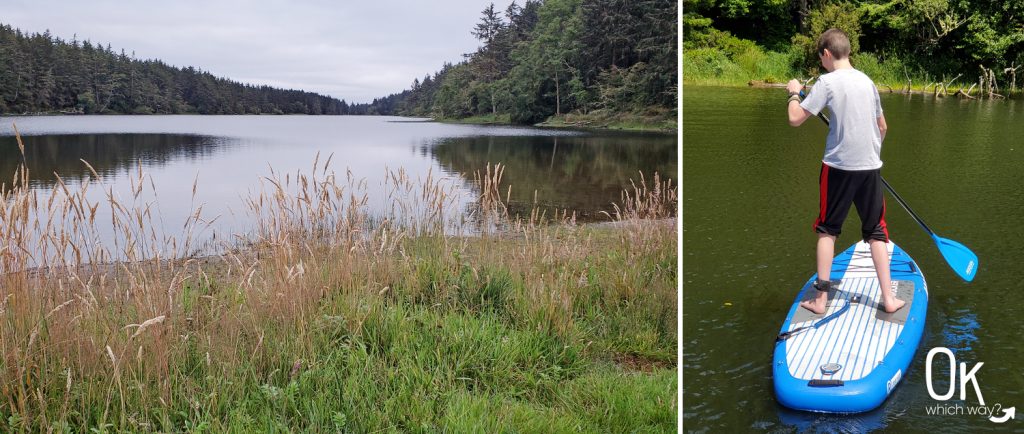
Mouth of the Columbia River
The Columbia River and Pacific Ocean merge near Fort Stevens. It is a very dangerous waterway resulting in many ships running aground. When the weather cooperates, this is a nice place to watch the cargo ships.
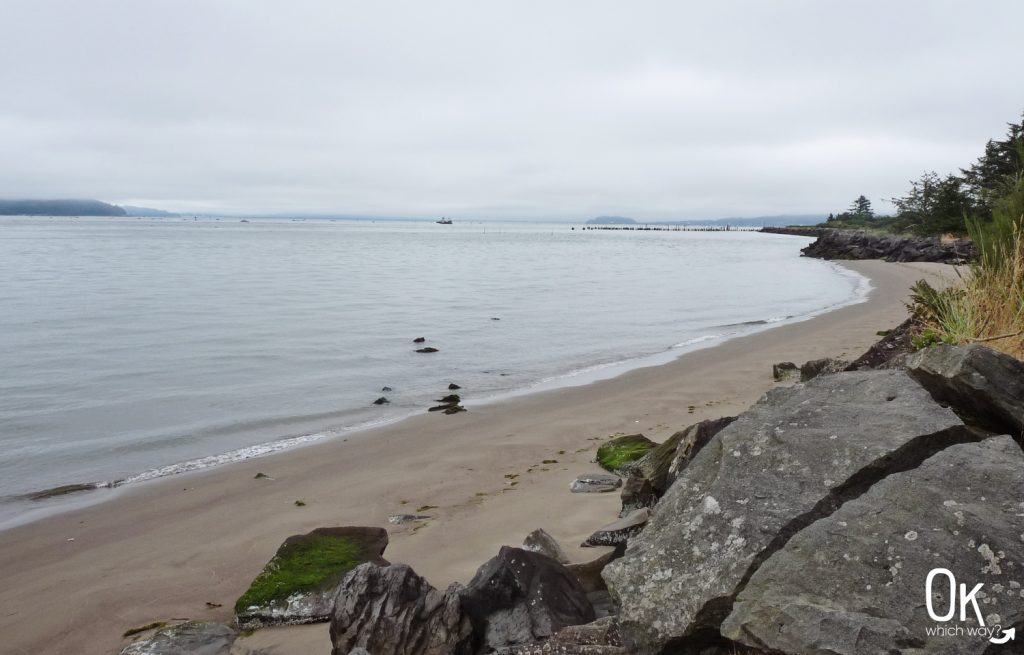
Clatsop Longhouse Replica
Within the historical area of the park was once a Clatsop village known as Neahkeluk. Being located at the mouth of the Columbia, this area was a major trading village during the summer & fall months. The Clatsop tribe lived in large cedar plank shelters, known as longhouses.

Geocaching
Fort Stevens has a number of geocaches hidden throughout the park including this well disguised one.
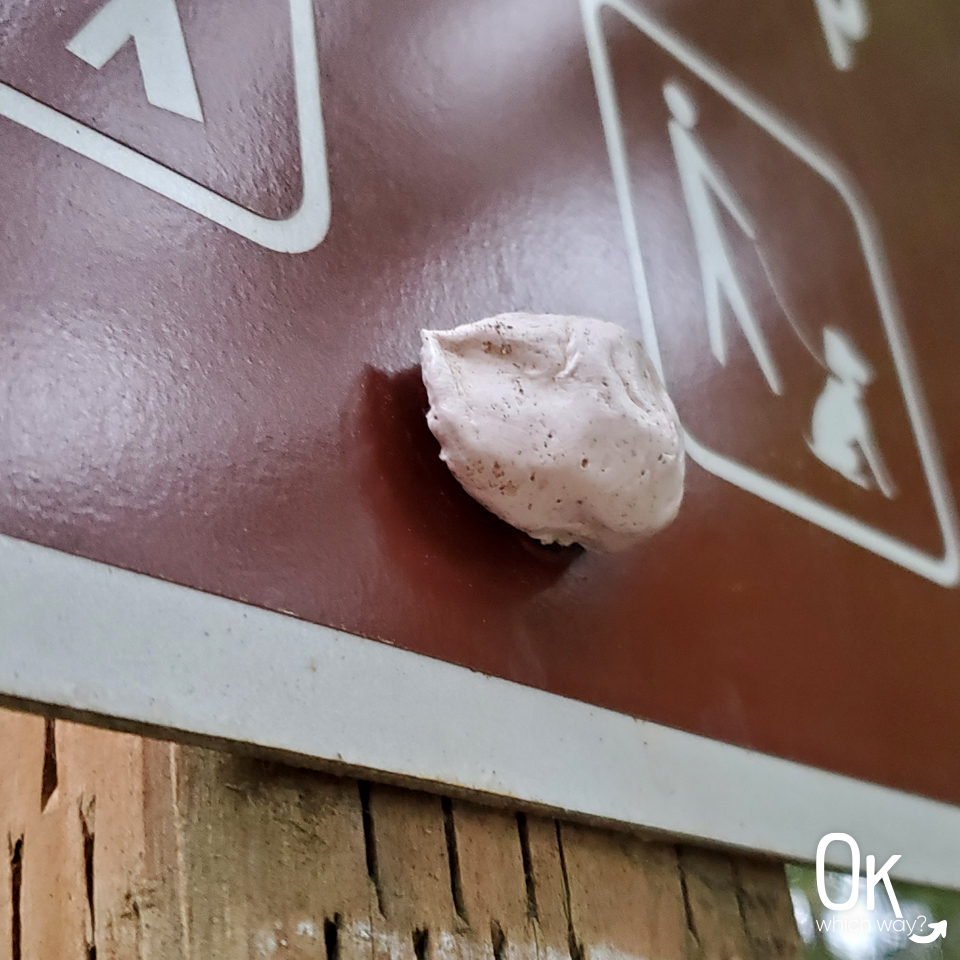
Thinking About Exploring Fort Stevens State Park?
Pin This to Help Plan Your Trip ⬇


